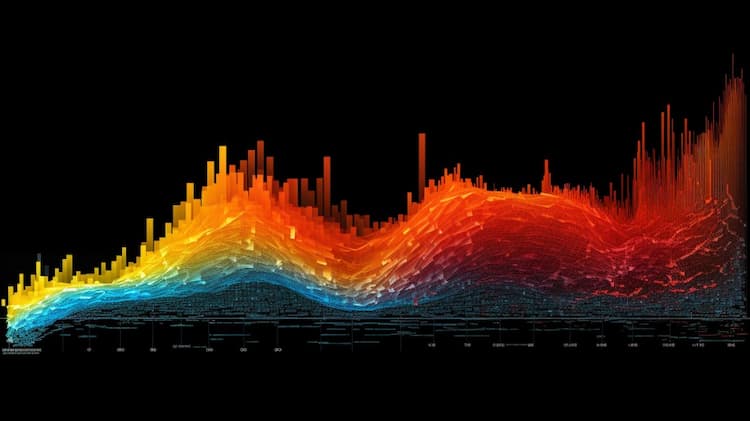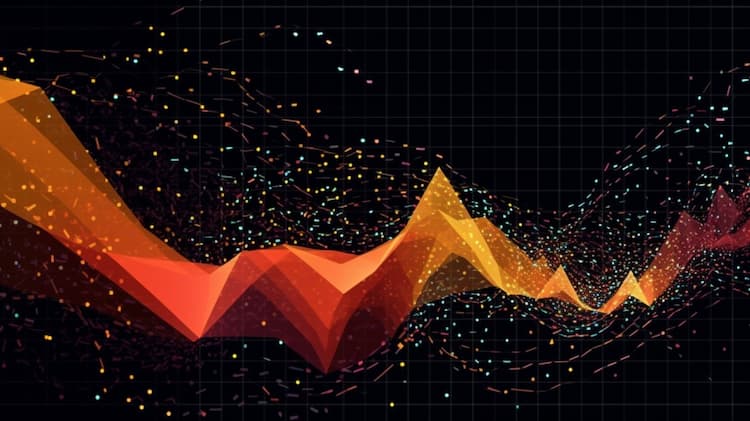
MCHI VS ASHR: A Comprehensive Comparison of ETFs
Exchange-Traded Funds (ETFs) have transformed the investment landscape by offering diverse exposure across different sectors and asset classes. In this article, we'll conduct an in-depth comparison between two prominent ETFs: MCHI (iShares MSCI China ETF) and ASHR (Xtrackers Harvest CSI 300 China A-Shares ETF). We'll explore various facets, including their tickers, full names, issuers, sectors, top holdings, capitalization, strategy, tracking, and exposure.
MCHI VS ASHR: Overview
MCHI and ASHR are both ETFs focused on China's market, but they have distinct strategies. MCHI tracks the MSCI China Index, providing exposure to a broad range of Chinese equities. ASHR, on the other hand, concentrates on China A-shares, which are stocks traded on mainland Chinese exchanges. Understanding their differences is crucial for investors aiming to tap into China's growth story.
MCHI VS ASHR: Sectors and Top Holdings
MCHI offers exposure to various sectors within the Chinese equity market, including technology, financials, and consumer goods. Its top holdings typically feature companies like Tencent Holdings and Alibaba Group. ASHR, being focused on China A-shares, emphasizes sectors prevalent in the mainland market, such as banking and real estate. Investors must assess which sectors align with their investment objectives.
 MCHI overlap MCHI VS ASHR: A Comprehensive Comparison of ETFs
MCHI overlap MCHI VS ASHR: A Comprehensive Comparison of ETFs
MCHI VS ASHR: Capitalization and Strategy
MCHI, with its broad exposure to Chinese equities, boasts a substantial Asset Under Management (AUM), reflecting its popularity among investors seeking a comprehensive China play. ASHR, concentrating on China A-shares, targets a more specific segment of the market. The strategies behind these ETFs influence their risk-return profiles, making it crucial for investors to evaluate their preferences.
MCHI VS ASHR: Tracking and Exposure
MCHI aims to replicate the performance of the MSCI China Index, which encompasses a broader range of Chinese stocks. ASHR, however, zeroes in on the CSI 300 Index, composed of 300 A-share stocks. The tracking methods differ due to the indices they follow, resulting in different exposure profiles. Investors seeking a broader China exposure might lean toward MCHI, while those interested in A-shares may prefer ASHR.
Conclusion
MCHI and ASHR offer investors distinct ways to access the dynamic Chinese equity market. To gain a deeper understanding of their holdings, correlations, overlaps, and other insights, ETF Insider provides an invaluable resource. With its user-friendly app, investors can delve into comprehensive details about these ETFs and other financial instruments.
Disclaimer: This article does not offer investment advisory services.
Sources:
iShares. (n.d.). MCHI iShares MSCI China ETF Overview. Retrieved from https://www.ishares.com/us/products/239775/ishares-msci-china-etf
Xtrackers. (n.d.). ASHR Xtrackers Harvest CSI 300 China A-Shares ETF Overview. Retrieved from https://etf.dws.com/US/ENG/Products/LU1310477036/Xtrackers-Harvest-CSI-300-China-A-Shares-ETF
MCHI ETF issuer
MCHI ETF official page
MCHI quote and analysis
Discover the top holdings, correlations, and overlaps of ETFs using our visualization tool.
Our app allows you to build and track your portfolio.
To learn more about the MCHI iShares MSCI China ETF, access our dedicated page now.


















